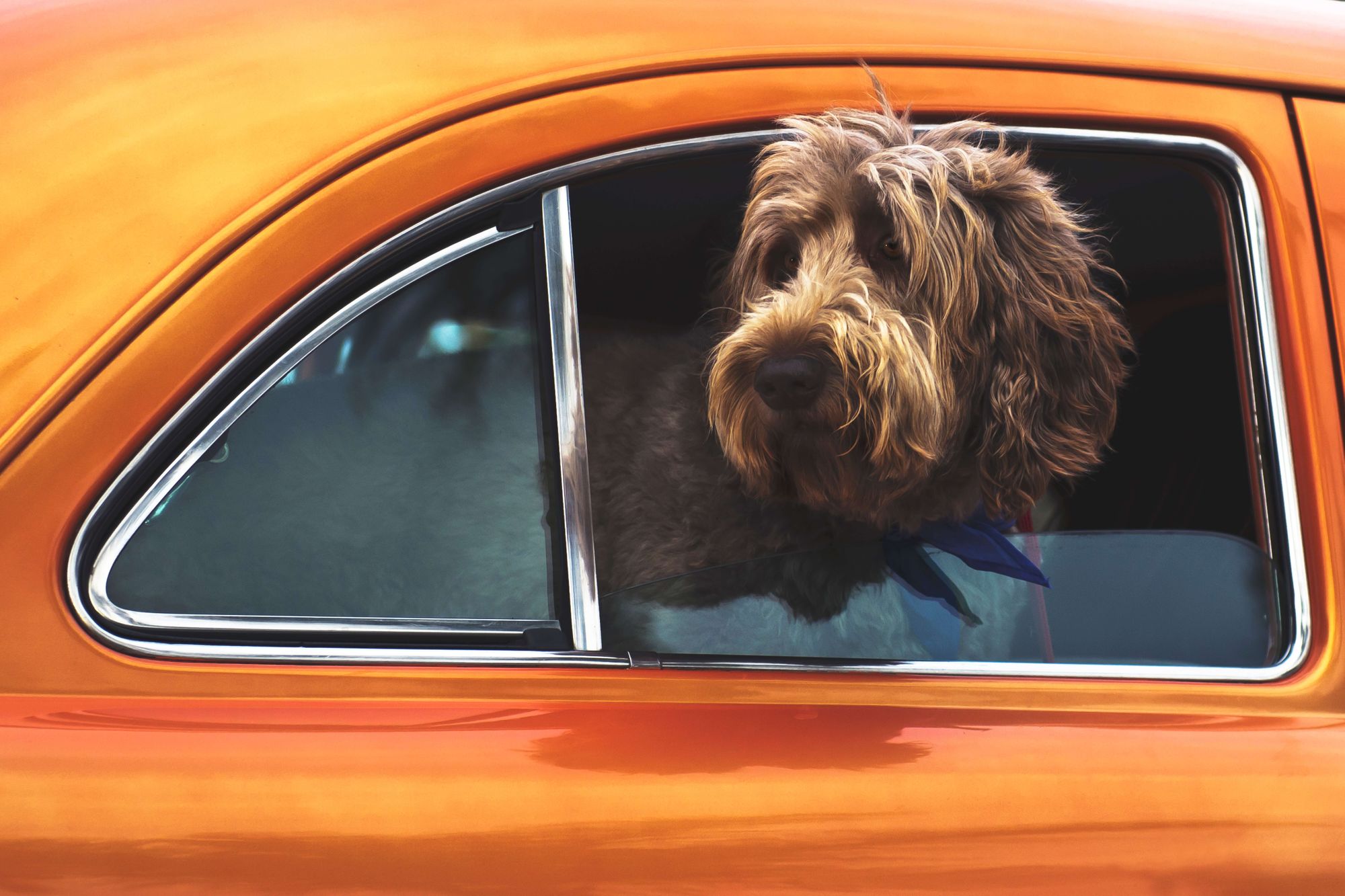You’re psyched to hit the road this summer, but your pup might not be so thrilled if he’s throwing up in the backseat! About 7 million dogs suffer from motion sickness, according to a recent study, but only a quarter get treated for it. Learn how to spot motion sickness in your pup and what treatments work best if they need it.
What Causes Dog Car and Motion Sickness?
Like humans, some dogs get a disconnection between what their body’s sensory and motion input systems are telling their brains, explains Jason Nicholas, president, and chief medical officer at Prevention Vet.
So if their eyes are telling them that they’re not moving (maybe they’re too short to see out the window, or they’re looking sideways in the car) but their inner ears are telling them that they’re moving forward, the disconnect can trigger motion sickness.
What are the signs and symptoms of motion sickness?
Since your dog can’t tell you when they’re feeling car sick, look out for the following warning signs and symptoms:
- Whining
- Pacing (you may not see this one if your pup is restrained in a car seat or seatbelt as they should be)
- Drooling
- Licking
- Yawning
- Vomiting
- Diarrhea
How can you prevent a dog from developing motion sickness?
Some dogs are more prone to motion sickness than others. That said, you can sometimes desensitize them to the car. Try taking short drives and building up to longer distances if your pet does well.
If…












